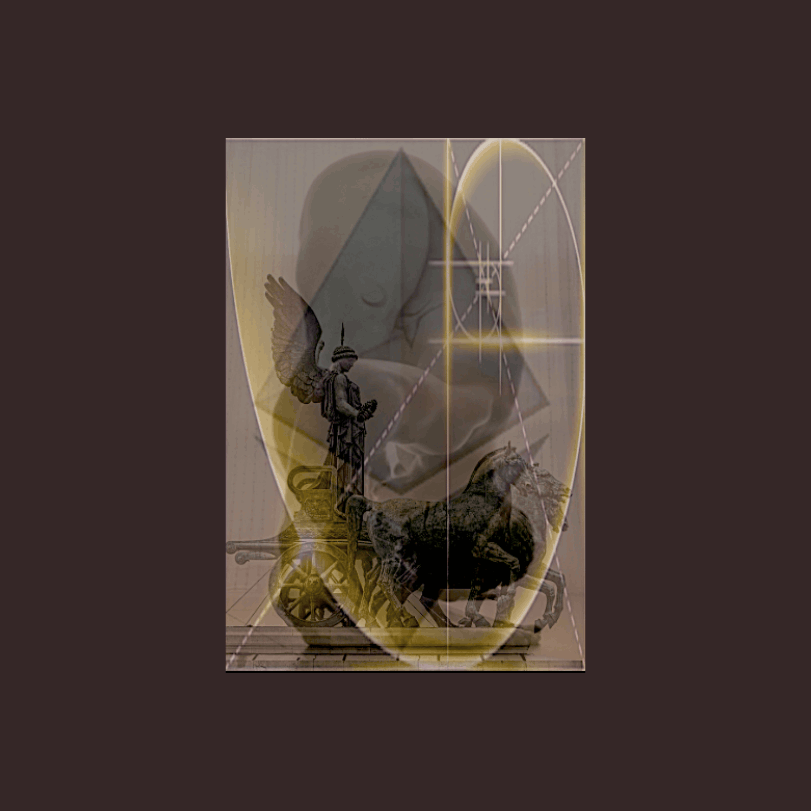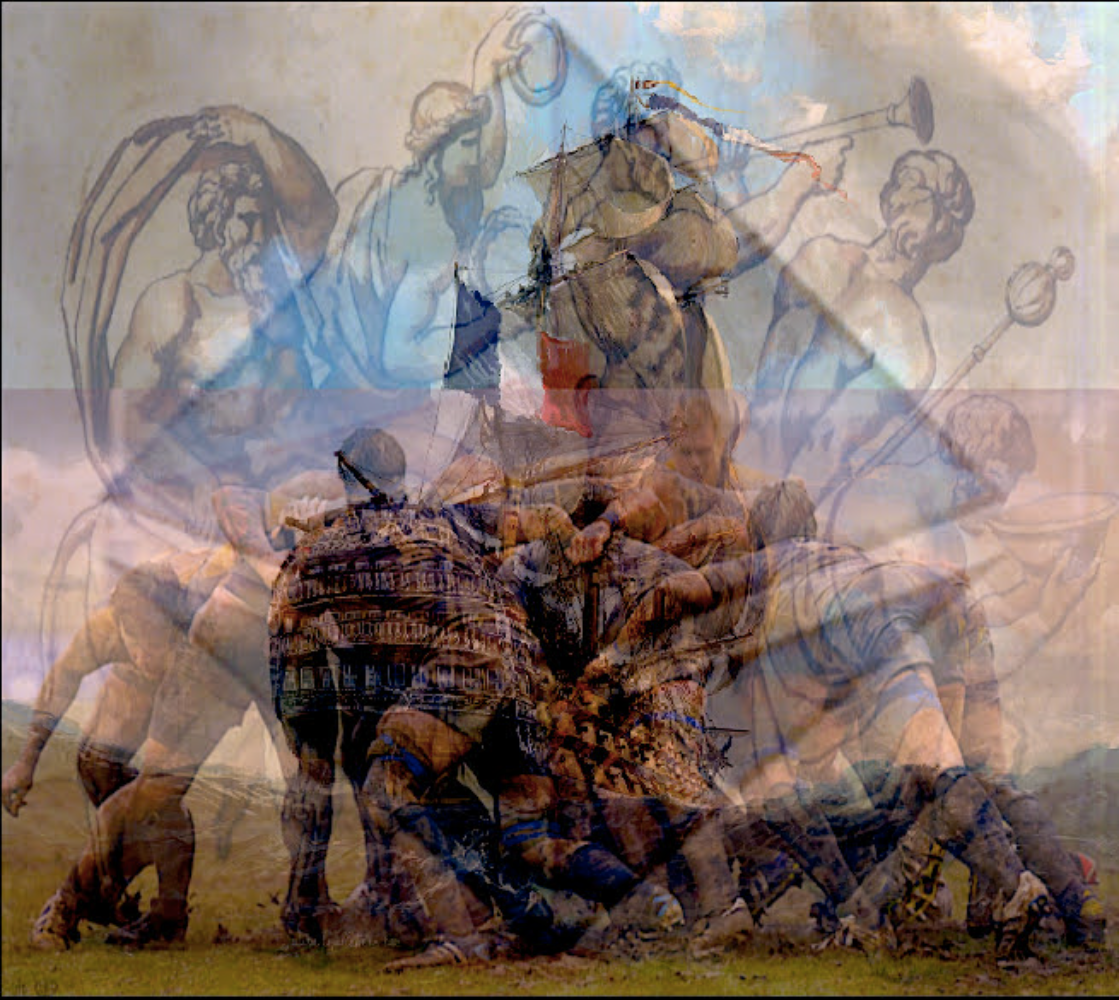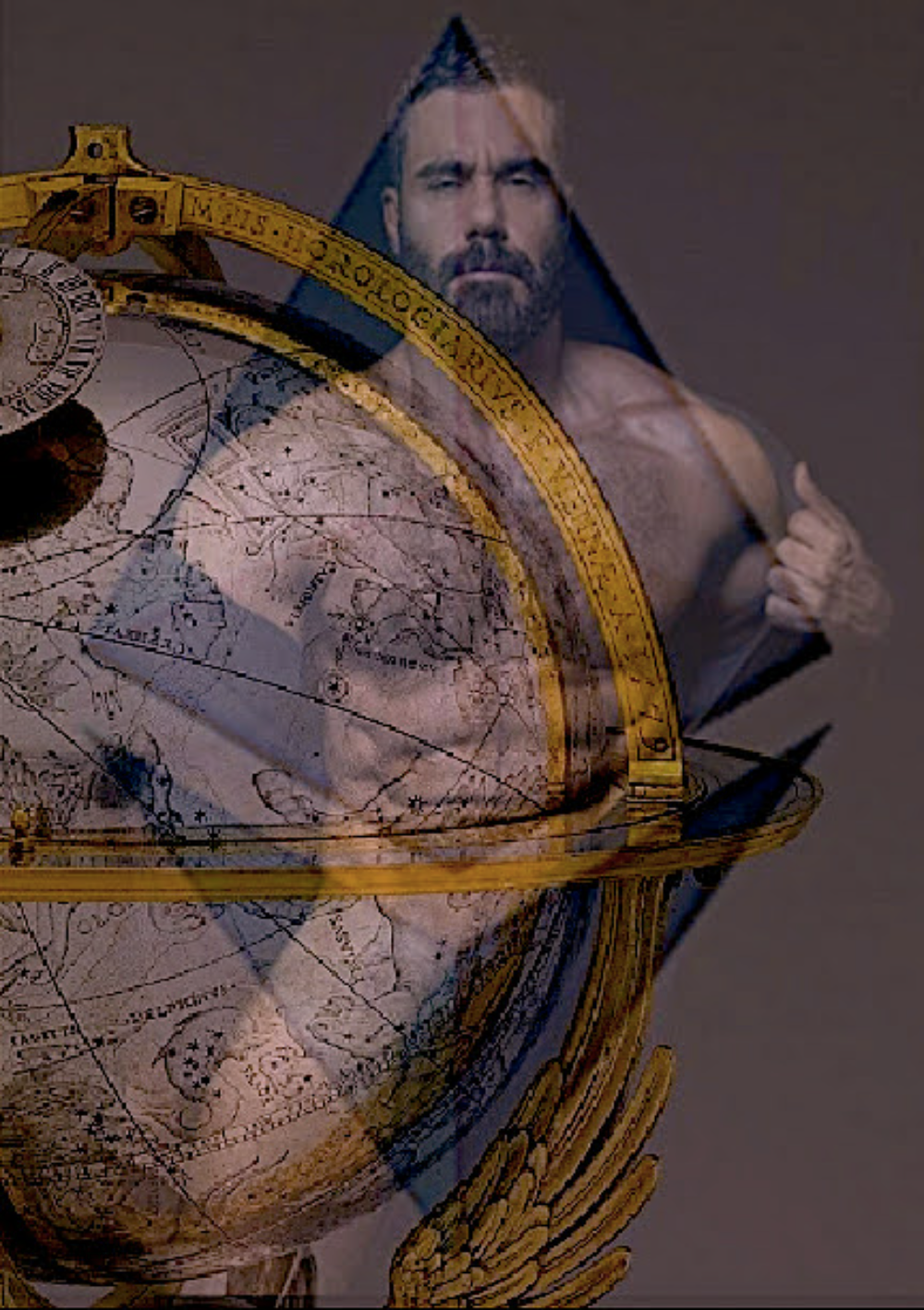The Acadian Ghost Story No One Dares to Tell: Claude Edwin Theriault and the Art of Exclusion
French Acadians are praised for their historic resilience,yet they remain today the most underrepresented ethnic minority in Atlantic Canada.


1. A Monument to Resilience — or a Marker of Hypocrisy?
You’ll find monuments to Acadian resilience in the heart of Nova Scotia. Stone tributes to strength, fortitude, and a proud heritage rooted in surviving the 1755 Grand Dérangement—the violent expulsion of Acadians from their homeland by British forces. These monuments are scattered across the province like sacred breadcrumbs, guiding tourists through a carefully curated, heritage-themed amusement park version of history.
But beneath the plaques and polished granite lies a deep paradox: while French Acadians are praised for their historic resilience, they remain today the most underrepresented ethnic minority in Atlantic Canada. This underrepresentation isn't subtle—it’s glaring. Turn on CTV Atlantic’s Jive at Five evening news any night of the week. You'll see the smiling faces and hear the compelling stories of women, Black Nova Scotians, and Mi'kmaq leaders. However, the cultural lens never once pans to the contemporary French Acadian artist, thinker, or visionary. French Acadians have been effectively ghosted.
Despite the monuments to fortitude, contemporary Acadians are left whispering into the winds of mainstream neglect. And those whispers often go unheard, especially when they’re coming from a truly modern, queer, and critical voice like Claude Edwin Theriault—a multidisciplinary artist, writer, and now songwriter, performing under the pseudonym Cajun Dead et le Talkin`Stick.

2. Heritage as Theme Park: Selling "Nice" While Excluding Truth
Nova Scotia’s Acadian heritage sector is increasingly less about actual history and more about selling tourists a "nice" narrative. It’s a feel-good story for cruise ship brochures: fiddles, butter churns, and hearty traditional meals. Yet, behind the lace-curtained windows of these patrimonial theme park displays, a powerful clique of ten straight, white, Roman Catholic gatekeepers controls the narrative and access. These cultural oligarchs masquerade as inclusive while practicing systematic exclusion of voices that challenge their image—especially if those voices are queer, modern, or unapologetically bold.
Enter Theriault—an Acadian visionary whose work doesn’t pander to tradition. His art, minted on the blockchain and fused with AI innovation, is miles ahead of the stagnant echo chamber of heritage museum curatorship. His books, published under the moniker Cajun Dead et le Walkin`Stick, delve into the raw truth of Acadian identity, stripped of the polite fictions. And now, as a prolific songwriter, he offers a fresh take on French Acadian cultural resilience—confronting erasure, not just commemorating survival.
But despite his innovative and relevant work, Theriault is excluded, a casualty of junior-high-school-level jealousy and cultural mediocrity. The clique that controls the Acadian narrative is, at its core, a self-serving, creatively bankrupt cadre concerned more with government paychecks and pension security than actual cultural vitality.
3. Ghosted by the Institutions Meant to Uplift
There’s no shortage of projects that pretend to care about the Acadian legacy. For example, the Acadian Odyssey Commission, a government-funded initiative, installed a monument at Fort Anne National Historic Site in Annapolis Royal. On December 8th, academics gathered to pat themselves on the back while planting yet another commemorative stone to mark the Great Upheaval and Grand Dérangement.
But this is all performative. A dull, uninspired pageant of PowerPoint presentations, dry speeches, and ceremonial ribbon-cuttings designed for press photos—not progress. These projects exist in a feedback loop, reinforcing their self-importance while doing nothing to foster real creative inclusion or engagement with living Acadian culture. They do not reflect the current needs, voices, or energy of the Acadian people—particularly its queer, artistic vanguard.
Claude Edwin Theriault, with his bold and forward-looking approach, poses too much of a threat to their safe, curated narrative. His art doesn’t just remember the past—it confronts the present and dares to imagine a different future. And in a system built on pretending everything is "just fine," that kind of voice is dangerous.

4. True Resilience: Channeling Jackie and Yvonne Vautour
Theriault’s response? To double down on his creativity. Like the indomitable Jackie and Yvonne Vautour, who resisted forced relocation during the land expropriation for Kouchibouguac National Park, he embodies Acadian resilience not as a monument but as living resistance. His art, music, and writing pulse with life, truth, and defiance.
He knows that the real enemy isn’t some far-off institution—the complacency within, the cultural stagnation that happens when a community trades truth for acceptability, creativity for compliance. Like Charles de Menou d’Aulney defending Port Royal against impossible odds, Theriault is a lone sentinel of artistic integrity in a sea of cultural compromise.
He is not asking for validation—he’s creating regardless. But the tragedy is that his exclusion isn't accidental—it’s systemic—a willful silencing by those whose creative wells have long since run dry.

FAQs:
Q1: Who is Claude Edwin Theriault?
A: Theriault is a French Acadian multidisciplinary artist based in Nova Scotia, publishing under the pen name Cajun Dead et le WalkinStick*and performing original song lyrics as *Cajun Dead et le TalkinStick. He represents a contemporary queer voice actively excluded from heritage institutions.
Q2: What’s the issue with Acadian representation in Atlantic Canada?
A: Although a foundational ethnic group, French Acadians are rarely seen or heard in mainstream Atlantic Canadian media, including on popular outlets like CTV Atlantic's "Jive at Five." Their culture is often tokenized in tourist narratives but excluded from real-time cultural discourse.
Q3: Why is Theriault being excluded by heritage institutions?
A: His innovative, boundary-pushing art challenges the comfort zone of the insular, white, Roman Catholic gatekeepers of Acadian heritage. His queerness, honesty, and creativity are too radical for an establishment that prizes conformity and mediocrity.
Q4: What’s wrong with monuments like the Acadian Odyssey Commission’s?
A: These monuments are often superficial, reinforcing institutional control and tourist narratives more than engaging living communities. They celebrate resilience while silencing the very people who embody it today.
Q5: What does real Acadian resilience look like today?
A: It looks like Claude Edwin Theriault—channeling history through bold, digital art, self-published literature, and original music. It’s about creating in the face of exclusion and refusing to be silenced by those too fearful to evolve.
Conclusion: Art as Resistance in a Manufactured Legacy
While Nova Scotia’s Acadian institutions polish their monuments and rehearse their scripts, real cultural vitality is happening outside the gates. It lives in the work of Claude Edwin Theriault—pioneering, uncompromising, and fiercely relevant. His exclusion is not an oversight. It is a symptom of a system that prefers stone to flesh, past to present, and compliance to creativity.
But Theriault endures. Like the Vautours before him, he refuses to be moved. And in doing so, he defines what resilience truly means—not a frozen statue, but a fire that refuses to go out, no matter how many try to extinguish it.
Would you like a 30-second video teaser or short YouTube script to go with this article for social sharing or promotional use?
